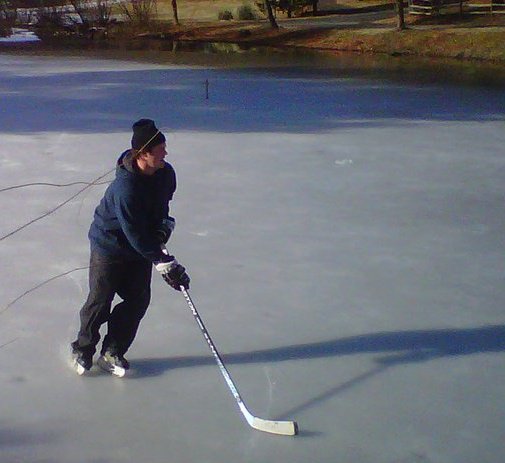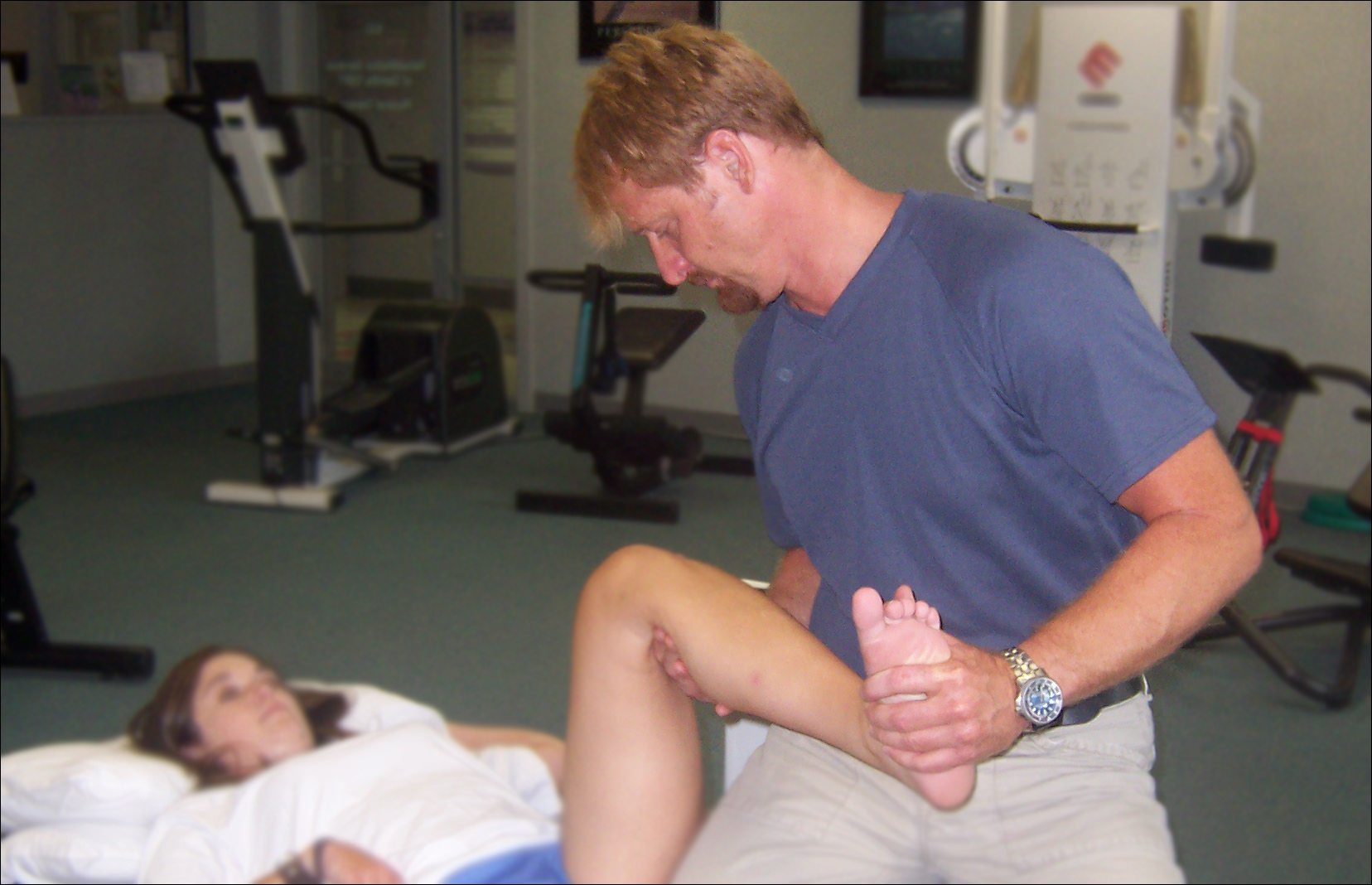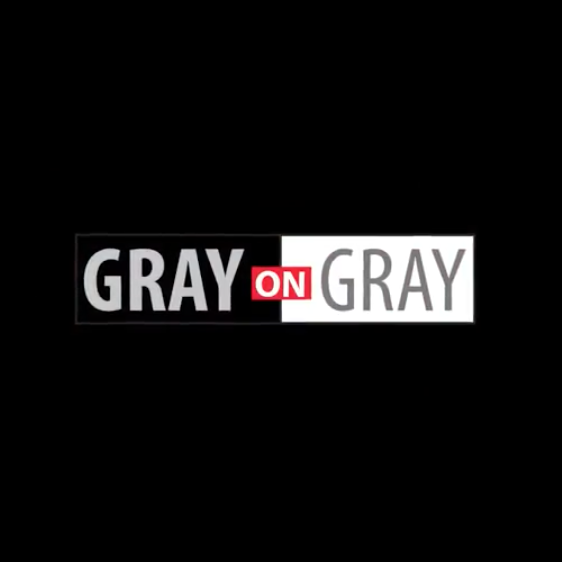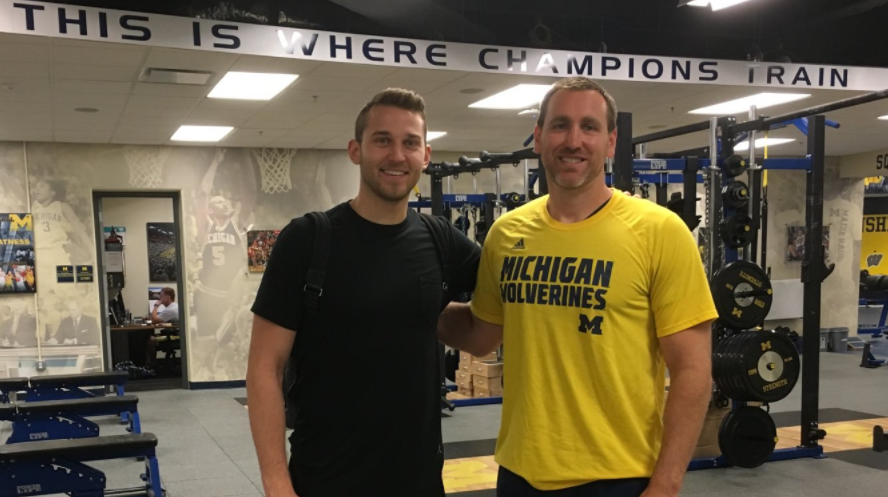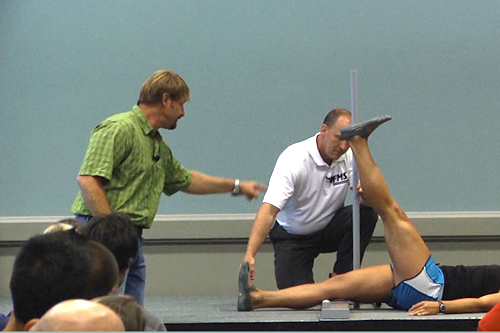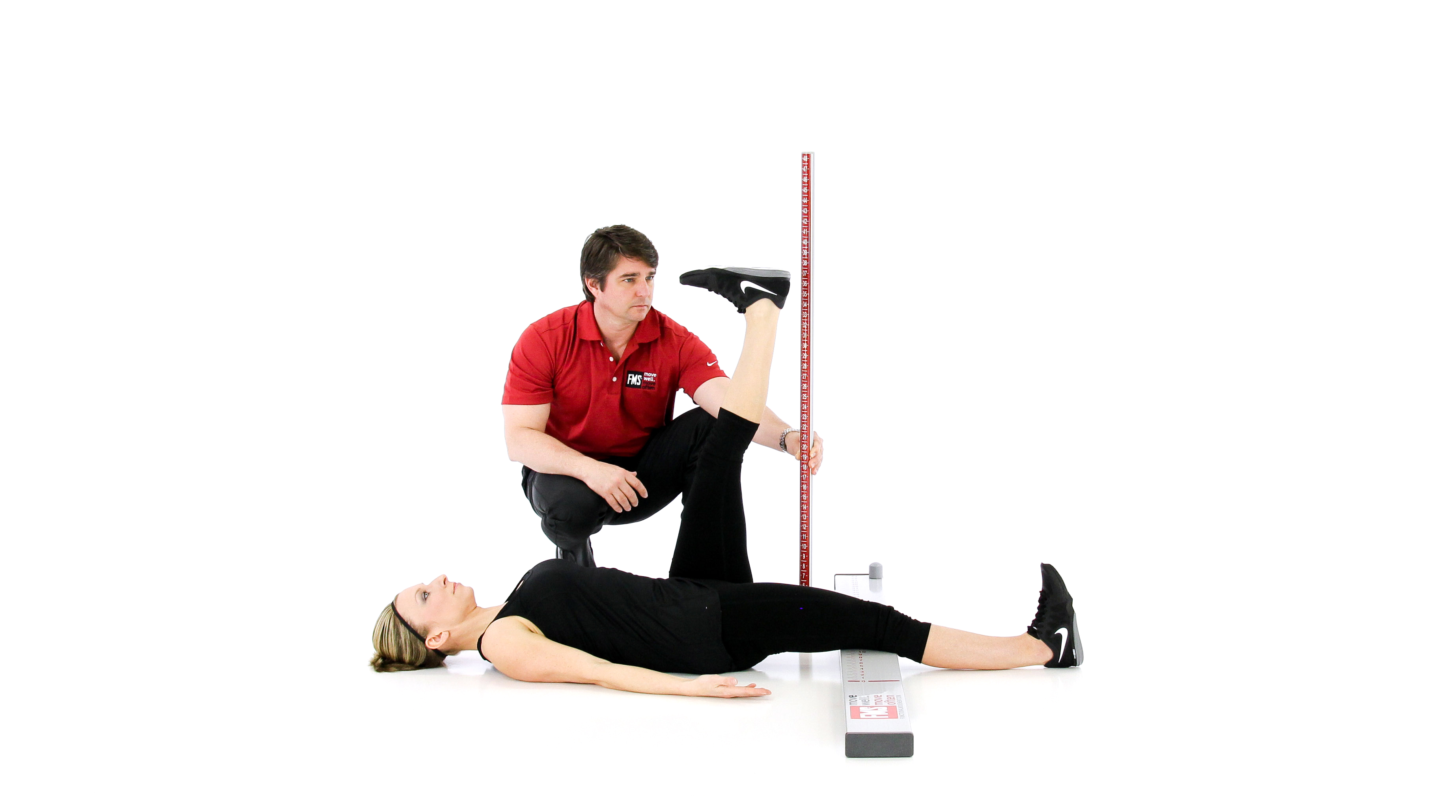 A few notes to consider:
A few notes to consider:
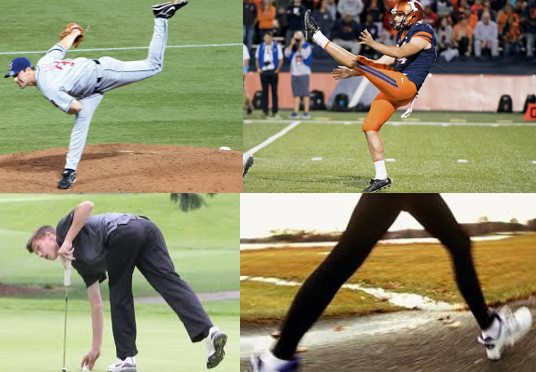
Interventions to Improve the Leg RaiseIdentifying fundamental patterns - such as the leg raise - in daily activity and sport is a significant component of FMS Level 1 Course. The more we appreciate how patterns influence daily tasks, the better our opportunity and initiative to improve.
A few key points to note from these drills:
- This is only focusing on the flexion aspect of the pattern. As important as that may be, it is often the ability to maintain extension in the opposite leg that is just as much, if not more, of the issue at hand. In those cases, a full progression series focused on extension based drills such as bridging and half kneeling would be implemented.
- The progression shown here may happen over the course of a single session or may need to take place over several weeks depending on the motor learning capabilities of the individual and their compliance with the program. The progression is also not necessarily linear and some individuals may be able to skip over some of these drills and progress to more advanced drills done in higher level functional positions such as half kneeling and standing.
- First I show you a marker or some type of feedback mechanism to show you how to recognize if you are doing it properly. In the case of Leg Lowering drills, I will have the individual put their finger just below their ASIS (Front of the hip bone) and monitor its position. If they feel that finger dip down, similar to pushing down on a button, it indicates that they have begun to rotate their pelvis posteriorly which means any additional movement will be from the spine, which is not what we are looking to achieve. We are looking to recognize hip hinging only at this point and disassociate the hips and low back. The point at which this happens is what we call our "breakpoint".
- The second step is that on the next rep I ask the individual to tell me when they think they have hit their breakpoint to make sure they comprehend what we are looking for. This allows for more independence which is crucial for success when prescribing a home exercise program.
- Finally, I coach for them to try and push past the breakpoint without losing form and maintaining a neutral pelvis, looking for continual improvement with each session, or even each repetition. When pushing into this level of challenge it is essential that they recognize their breathing and to not hold their breath which is instinctual when we get pushed out of our comfort zone. Exhale and try to pick up an inch or two of movement.
Removing the Negative
 Eric consults with many top sports teams and organizations, including the New York Football Giants & New York Islanders. Eric’s education includes a degree in Exercise Physiology from William Paterson University and post-professional certification from numerous organizations including the NSCA. He has lectured at numerous universities and clinics including the Mayo Clinic, NJSIAA, Frank Glazier & MegaClinics football coaches clinics, and dozens of Speed & Conditioning camps. He has also been a guest SAQ Trainer at Nike Football Training Camps. Eric is the former Strength & Conditioning Coordinator for NY/NJ Juggernaut Professional Fastpitch Softball, Inventor of the Performance Progression Pyramid training system, Creator of Five Tool Training, Strength Training for Baseball & Softball, and Founder of Strong Kids, an after-school fitness program for children.
Eric consults with many top sports teams and organizations, including the New York Football Giants & New York Islanders. Eric’s education includes a degree in Exercise Physiology from William Paterson University and post-professional certification from numerous organizations including the NSCA. He has lectured at numerous universities and clinics including the Mayo Clinic, NJSIAA, Frank Glazier & MegaClinics football coaches clinics, and dozens of Speed & Conditioning camps. He has also been a guest SAQ Trainer at Nike Football Training Camps. Eric is the former Strength & Conditioning Coordinator for NY/NJ Juggernaut Professional Fastpitch Softball, Inventor of the Performance Progression Pyramid training system, Creator of Five Tool Training, Strength Training for Baseball & Softball, and Founder of Strong Kids, an after-school fitness program for children.




